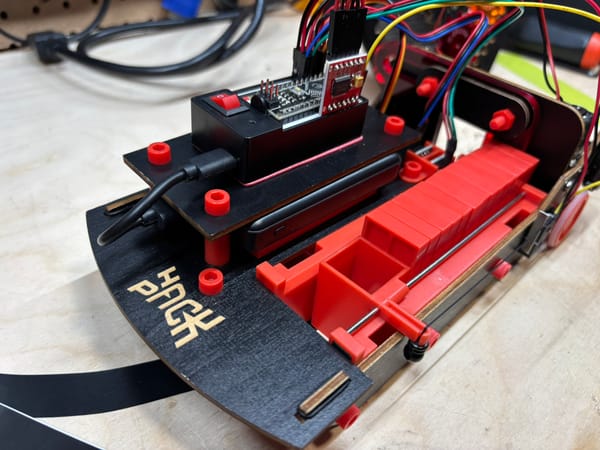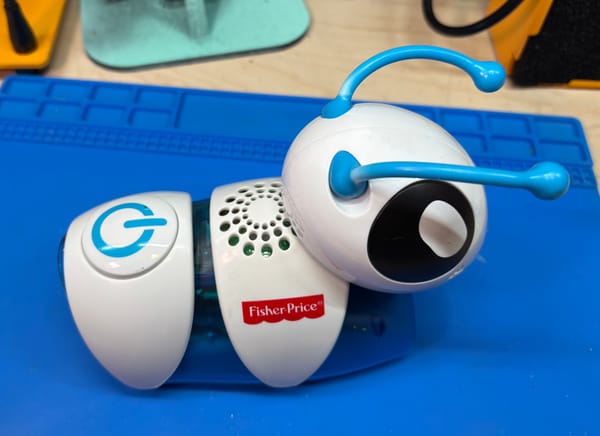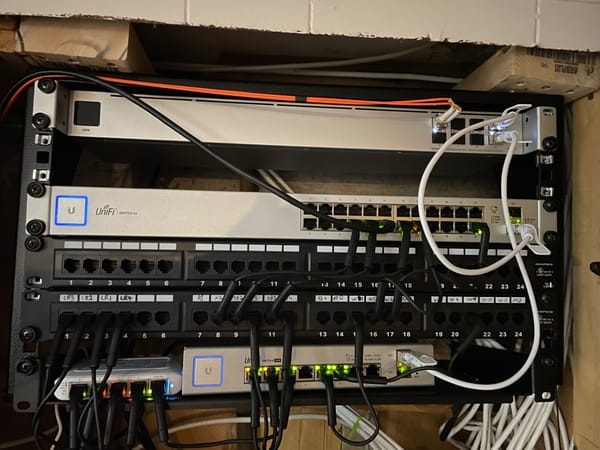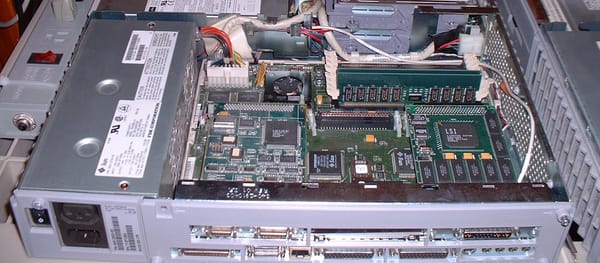How Do Skylanders Figures Work?
Skylanders fused physical toys with digital gameplay using NFC technology, revolutionizing gaming. Dive into the hardware that made it possible and learn how it reshaped the industry.
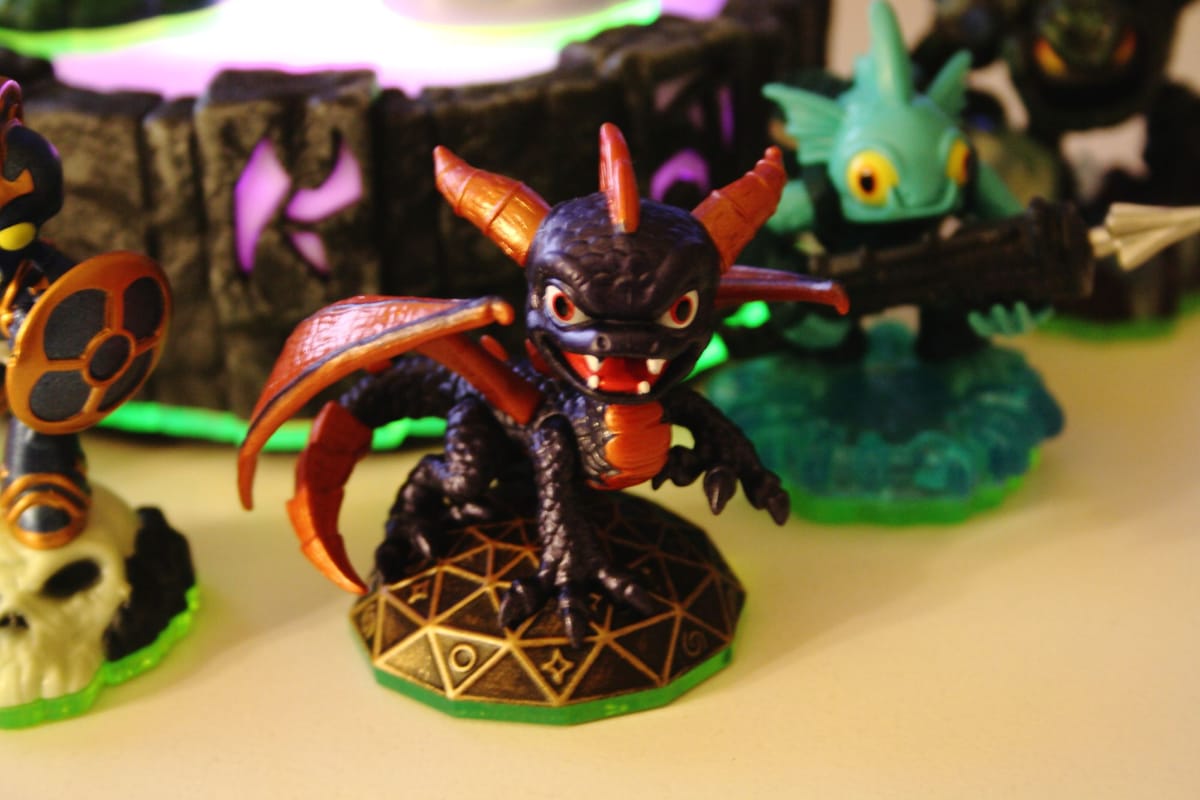
In 2011, Activision revolutionized the gaming industry with the release of Skylanders: Spyro’s Adventure, the first entry in what became known as the "toys-to-life" genre. Combining collectible physical toys with digital gameplay, Skylanders introduced an innovative use of Near Field Communication (NFC) technology that allowed players to transfer character data between the physical and virtual worlds. While the series achieved significant commercial success initially, it ultimately met its demise as market saturation and controversial practices eroded its popularity. This article takes a deeper look at the hardware that powered Skylanders’ innovative ecosystem, focusing on the technical aspects of the figurines, the Portal of Power, and their underlying technology.
More Than Just Toys
Skylanders figures were 3-inch plastic statuettes featuring detailed designs based on the game’s diverse characters. Beneath their sturdy exteriors, these figures housed an NFC chip and a small amount of rewritable memory.
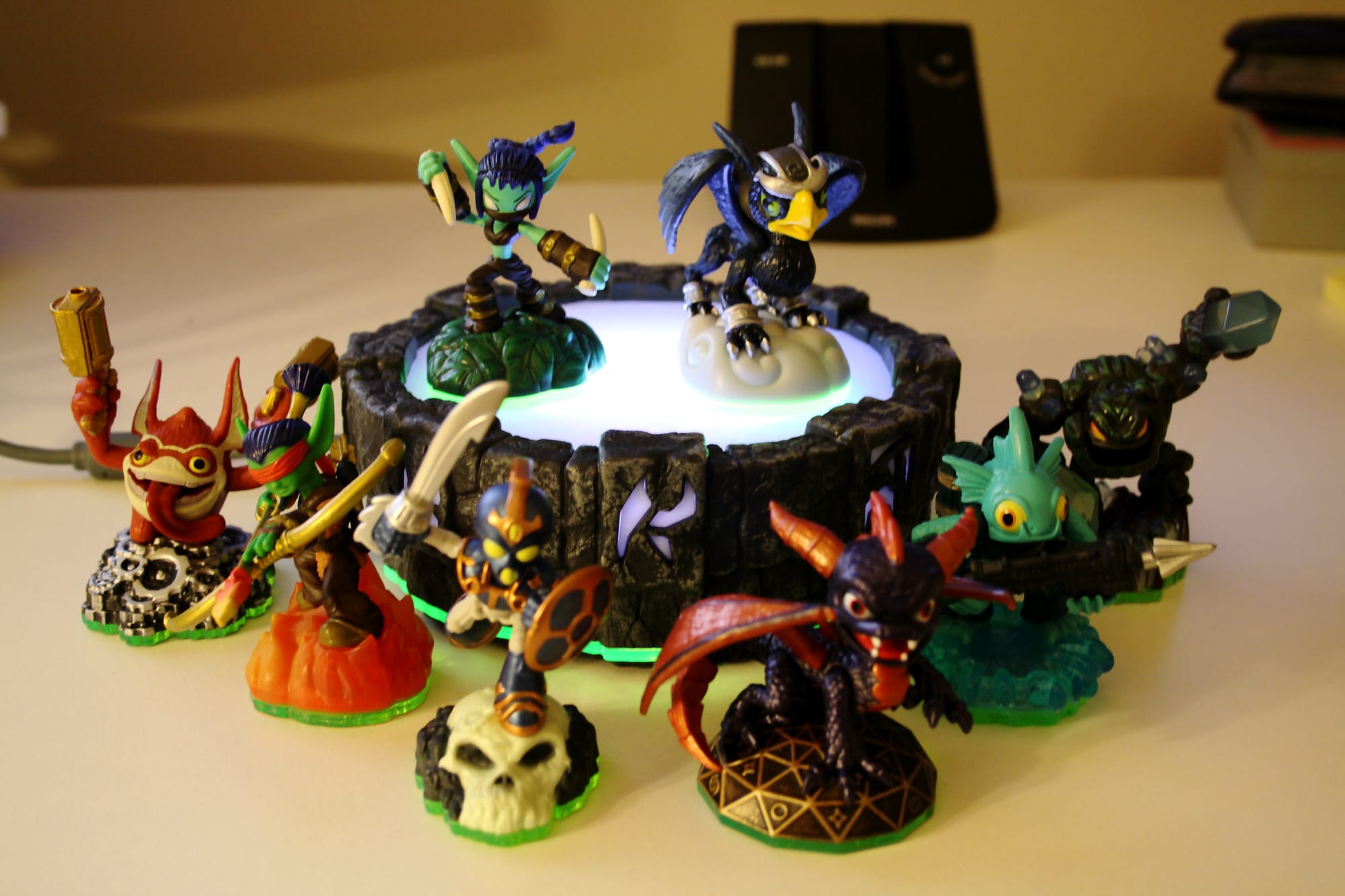
This hardware enabled each figurine to store essential player data, including:
- Character Level: Progress achieved by the player.
- Abilities and Upgrades: Powers unlocked during gameplay.
- Gold and Collectibles: Resources collected in-game.
The figures were platform-agnostic, allowing players to use the same toy across different gaming and portable consoles. This portability added significant value to the toys, enabling players to bring their personalized Skylanders to friends' houses or use them with subsequent titles in the franchise.
The Portal of Power: A Gateway Between Worlds
The Portal of Power serves as the essential bridge between the physical Skylanders figures and the digital game world. Using Near Field Communication (NFC) technology, the portal reads and writes data to the figures, enabling seamless character integration and progress tracking. Players could place their Skylanders on the portal, which would immediately bring the character into the game, showcasing the portal's user-friendly design and advanced technology.
As the franchise evolved, so did the Portal of Power. Early models, were simple and focused on reading up to four items at a time. Later iterations, adapted to accommodate new gameplay mechanics. For example, the Trap Team portal featured a slot for Traps and a built-in speaker, allowing villains to "speak" to players directly. This evolution in design demonstrated the franchise’s commitment to expanding its interactive features.
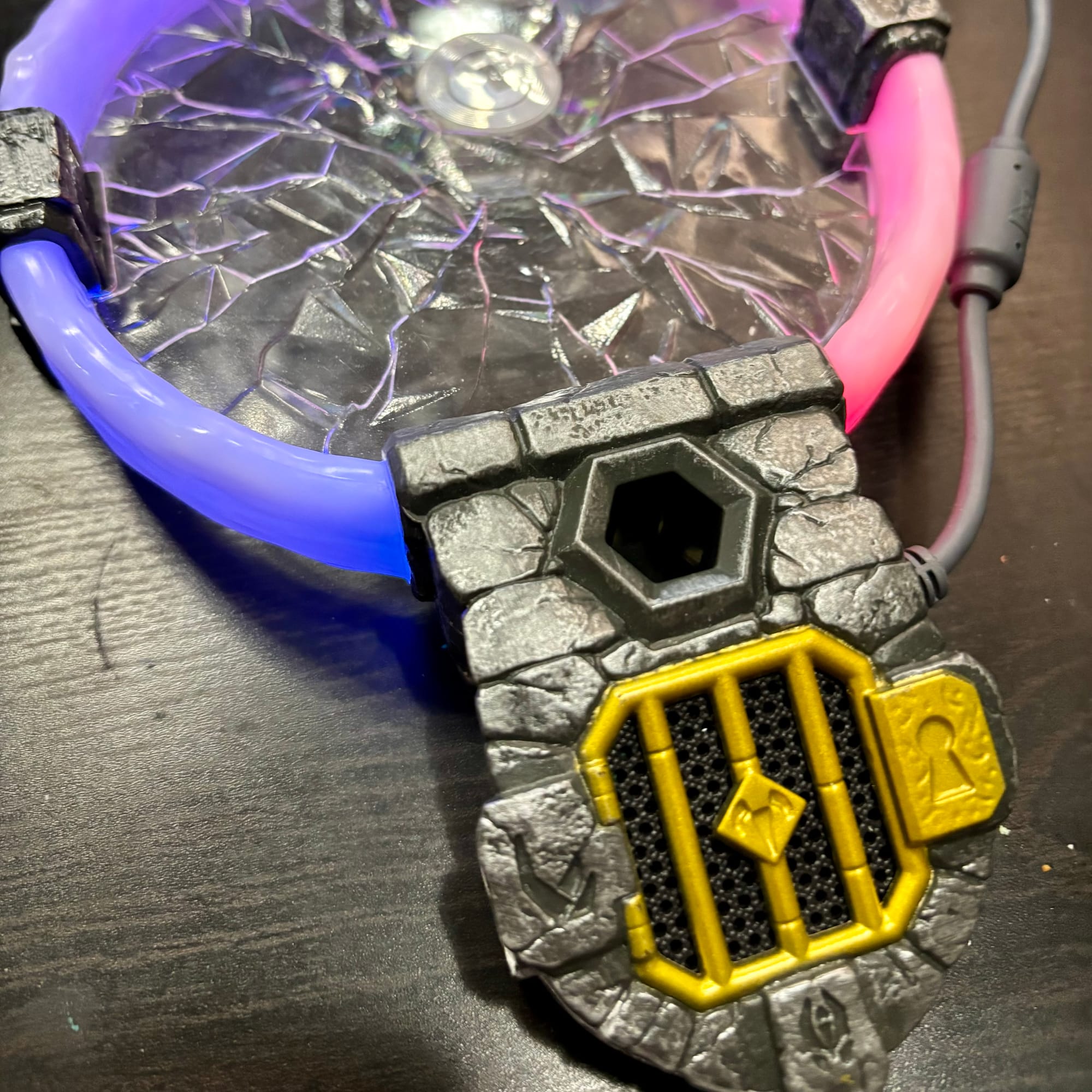
One of the most captivating technological advancements in the portal was its ability to illuminate certain figures, known as LightCore Skylanders. This was achieved through inductive coupling, where the portal generated an electromagnetic field that powered internal LEDs within the figures. This passive lighting effect added a magical element to the experience, aligning with the game’s fantastical theme.
The portals, connected via USB, are compatible with various gaming consoles and PCs (for 3rd party tools), ensuring broad accessibility for players. However, compatibility varies between game versions and consoles, so players should verify which portals worked with specific platforms and titles.
NFC Technology: The Magic Behind the Magic
The NFC chip embedded in each Skylander figure was key to its functionality. NFC is a short-range wireless communication technology that enables data exchange between devices. In the case of Skylanders, the chip stored the character’s unique identifier and in-game data, which the Portal of Power would read and update during gameplay.

The chip’s rewritable memory allowed players to save their progress directly onto the toy. This innovation gave the figures a dual role as both collectibles and functional game components, enhancing their appeal and providing a tangible sense of ownership.
Data Storage and Security
One of the less-discussed aspects of Skylanders was its approach to data storage and security. The NFC chips used basic encryption to prevent tampering, ensuring that character data remained consistent and authentic. However, this simplicity also made it easy for enthusiasts to reverse-engineer the technology. Third-party tools and unofficial apps soon emerged, allowing players to modify character data or emulate toys without purchasing them. With a little ingenuity, one can purchase NFC tags and clone their own figure.
Skylanders Imaginators: Overextending the Concept
By the time Skylanders Imaginators was released in 2016, the market for toys-to-life games was waning. While the introduction of customizable characters through Imaginite Crystals was technically impressive, it also highlighted some of the series’ shortcomings. Players needed to purchase separate crystals to create new characters, and each crystal could only store one creation. With ten elemental types to collect, the cost quickly added up, souring the experience for many fans.
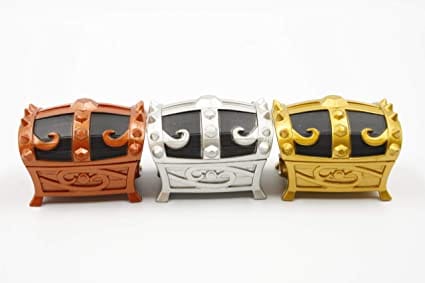
Adding to the controversy, Imaginators introduced Mystery Chests, a physical manifestation of loot boxes. These chests contained random creation parts but were seen as poor value compared to traditional figures. The high production costs of physical chests, combined with their limited functionality, led to their downfall. Many ended up heavily discounted in bargain bins, symbolizing the franchise’s decline.
The Legacy of Skylanders Hardware
Skylanders’ innovative use of NFC technology paved the way for other toys-to-life franchises, such as Disney Infinity and LEGO Dimensions. However, its success also contributed to market saturation, as competitors adopted similar models without significant innovation.
Despite its eventual decline, Skylanders left an indelible mark on the gaming industry. Its combination of physical toys and digital gameplay showcased the potential of NFC technology in gaming and set a high standard for interoperability and cross-platform play. While the franchise’s ambitious expansions may have overstretched its audience, its core hardware remains a fascinating example of blending technology with entertainment.
As gaming technology continues to evolve, the lessons learned from Skylanders’ hardware innovations may inform future endeavors in the toys-to-life space, ensuring that this pioneering concept is not forgotten.

